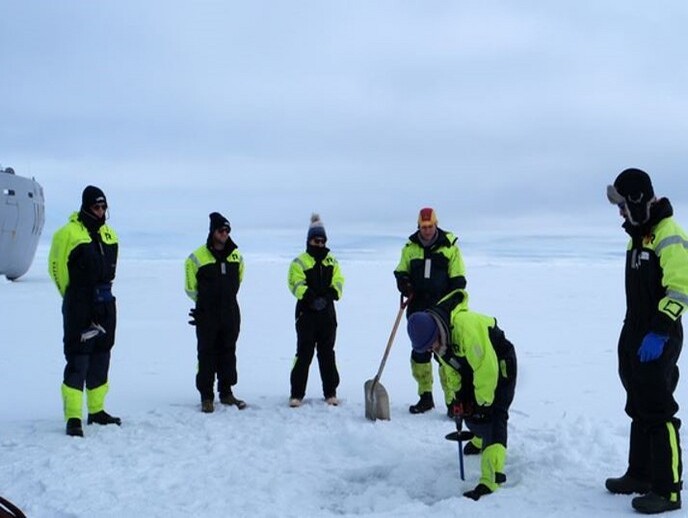For timely assessment of landslide hazards
Landslides are among the most common secondary effects of earthquakes that cause huge damage to settlements and infrastructure, and often claim human lives. Although such natural hazards can not be controlled, researchers are trying to develop effective and importantly, reliable alert systems based on a clearer understanding of processes triggering landslides. More specifically, for the delineation of potential natural hazard sites, model calculations are compared with empirical observations from land deformation monitoring networks. A multidisciplinary observation concept for this purpose was introduced by the OASYS project partners. A network of Global Positioning System (GPS) stations was installed to identify active zones and was refined by means of high precision remote sensing data (satellite data and aerial photographs). The main contribution of remote sensing data was used to map factors, such as slope inclination, geological faults, vegetation and land use, which may relate to the occurrence of landslides. However, an alert system has to anticipate potential landslides as early and precisely as possible. This means that not only the deformations in the Earth's surface have to be observed but also deformation measurements have to be continuously logged and fed to a real-time alert system. The GPS measurements were therefore used for large-scale monitoring of areas prone to landslides, while real-time measurements of three-dimensional displacements were provided by the Georobot monitoring system. The Georobot monitoring system can be used for automatically identifying targets and collecting information on block movement and on the boundaries between stable and unstable areas. The automatic Georobot landslide monitoring system comprises a base station, reference points, target points, hardware and software. Real-time deformation measurements were transferred to the central station computers where innovative analysis tools were applied to assess the development of the sliding area. All the information collected could be used within a knowledge-based or a fuzzy system to define the potential landslide risk. Finally, a clear decision should be possible to inform affected inhabitants whether an evacuation is necessary.







